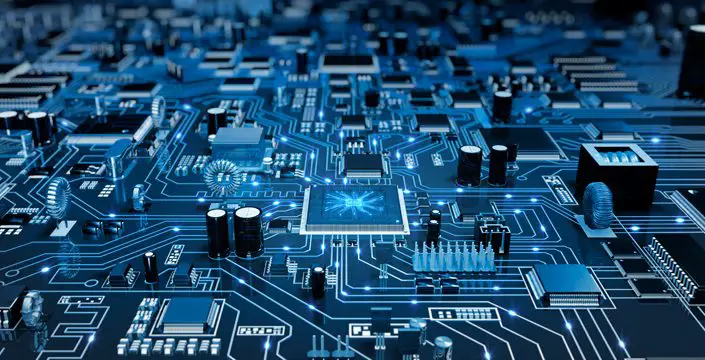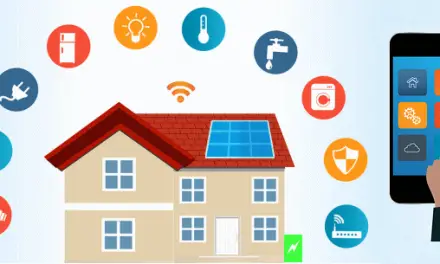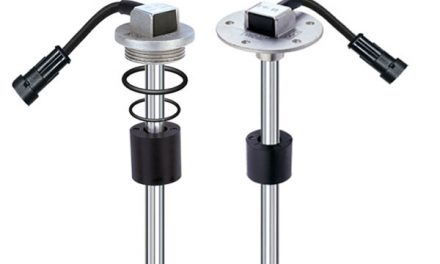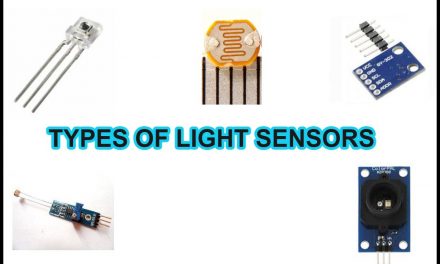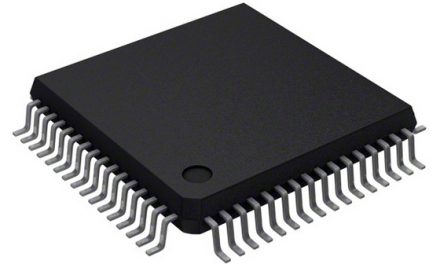In the past, computers used to be bulky, slow devices that occupied entire rooms. Nowadays, due to the invention of the microprocessor, they are so small that they can fit in your pocket. In this article we will explore the different types of embedded systems.
Before we explain the different embedded system types, let us start with the definition.
Table of Contents
What is an Embedded System?
An embedded system is defined as a purpose-built computing platform that is designed to accomplish a specific software-controlled task. It is usually made to be part of a larger system. The embedded system types have key characteristics mentioned below.
Characteristics of Embedded Systems
Task Specific
The various embedded system types are designed and developed to complete a specific task. A Bluetooth speaker will function to output sound. It will not be able to be used to browse the internet, create Microsoft PowerPoint presentations or take pictures.
Input and Output Devices
All embedded systems types have to interact with the environment in which they are in in some way. They all have input and output devices to achieve this. An example is a car radio. This type of embedded system has keypads through which the user can select the radio station that he or she wants to listen to. It then produces electrical signals which are converted to sound by the speakers.
Minimalistic Interface
A key feature across the embedded system types is a minimalistic interface. This means that there usually is not a Graphic User Interface with Windows, Icons Menus and Pointers. A good example to illustrate this is a typical home security system. A control panel is present which is used to set the password, correct the time, and set the active hours for the security system. The results are usually displayed on a small Liquid Crystal Display screen.
Low Power Usage
This is another key feature found across most embedded system types. The embedded systems are frequently implemented in remote applications. This means they will have to use as little power as possible from the batteries used to power them. An example that virtually anyone can relate to is a music player. In these devices, a battery is present to power the embedded system which is designed to play music files.
Resource Constraints & High Efficiency
Another feature found across the various types of embedded systems is the presence of limited resources. Embedded systems are usually designed to be low cost. As a result, the system may end up having a processor with limited performance, and limited RAM. This therefore means that the embedded systems have to be highly efficient to fully utilize their limited resources.
Types of Embedded Systems
Embedded systems can be grouped into two based upon:
- The performance and functional requirements.
- The performance of the microcontroller.
These categories can be further subdivided as we will soon see.
Performance and Functional Based Embedded Systems
These embedded system types are subdivided into the following:
1. Real Time Embedded Systems
These embedded system types are classified on the degree of tolerance towards missed deadlines.
This therefore categorizes these embedded systems into two:
- Hard Real Time Embedded Systems
In this type of embedded systems, the level of tolerance for a missed deadline is extremely small. In some cases there is zero tolerance.
The penalty that is incurred for missing a deadline results in a catastrophe.
- Soft Real Time Embedded Systems
In this embedded systems type, the level of tolerance for a missed deadline is non-zero. The computed results after the missed deadline have a rate of depreciation. The usefulness of the results does not reach zero soon after passing the deadline – a key difference between these and hard real time embedded systems. The physical impact of a missed deadline is non-catastrophic.
Examples are: Robots, military tracking systems, military weapon systems, patient monitoring systems, traffic control systems, Automated Teller Machines (ATMs).
2. Standalone Embedded Systems
These embedded system types are able to function by themselves without depending on a host system. These types of embedded systems are designed and developed in such a way that when an input is received, it is processed and the desired output is produced. They receive the inputs from the input devices connected to them, and output the data through the output devices present.
Examples are: Digital Cameras, Video game consoles, Music players.
3. Network Embedded Systems
Network Embedded Systems are systems that are connected to, and depend on a network to perform assigned tasks. These systems are comprised of components such as sensors, controllers that are interconnected. It is quite common for these systems to be built on general purpose processors.
An example is a Local Area Network embedded system such as a home security system wherein all the systems present are connected and run using the TCP/IP networking protocol.
4. Mobile Embedded Systems
These are embedded system types that are small in size and are used in portable embedded devices. These often have memory constraints and usually lack a good user interface.
Examples include: Mobile phones, Digital cameras, and Personal Digital Assistants.
Microcontroller Performance Based Embedded Systems
These embedded system types are subdivided into the following:
1. Small Scale Embedded Systems
These embedded system types are designed using 8 bit microcontrollers such as the 8051, or 16 bit microcontrollers such as the 80196. The hardware and software complexity in such systems is very low. They usually use very little power, contain little memory and are usually battery operated.
Examples include: Temperature measurement systems, robotic arm controllers, motion controlled home security systems, keyboard controllers, fax machines and photocopy machines.
2. Medium Scale Embedded Systems
These types of embedded systems are designed using 16 bit to 32 bit microcontrollers. They may also have multiple microcontrollers. The hardware and software complexity of such systems is high.
Examples include: Networking routers, networking bridges, networking gateways. Automated teller machines, Entertainment systems such as music systems.
3. Sophisticated Embedded Systems
These systems contain high end microcontrollers. The hardware and software complexities are also very high. Design tools required are complicated and costly. They use Real Time Operating System and complicated time bound applications.
Examples include embedded systems for: multimedia, wireless Local Area Networks, high speed Networking systems, and space life boats such as NASA’s X-38 project.
Conclusion
This article has clearly brought up the definition, characteristics and types of embedded systems. The applications have also been clearly illustrated. We hope you learnt something new.

